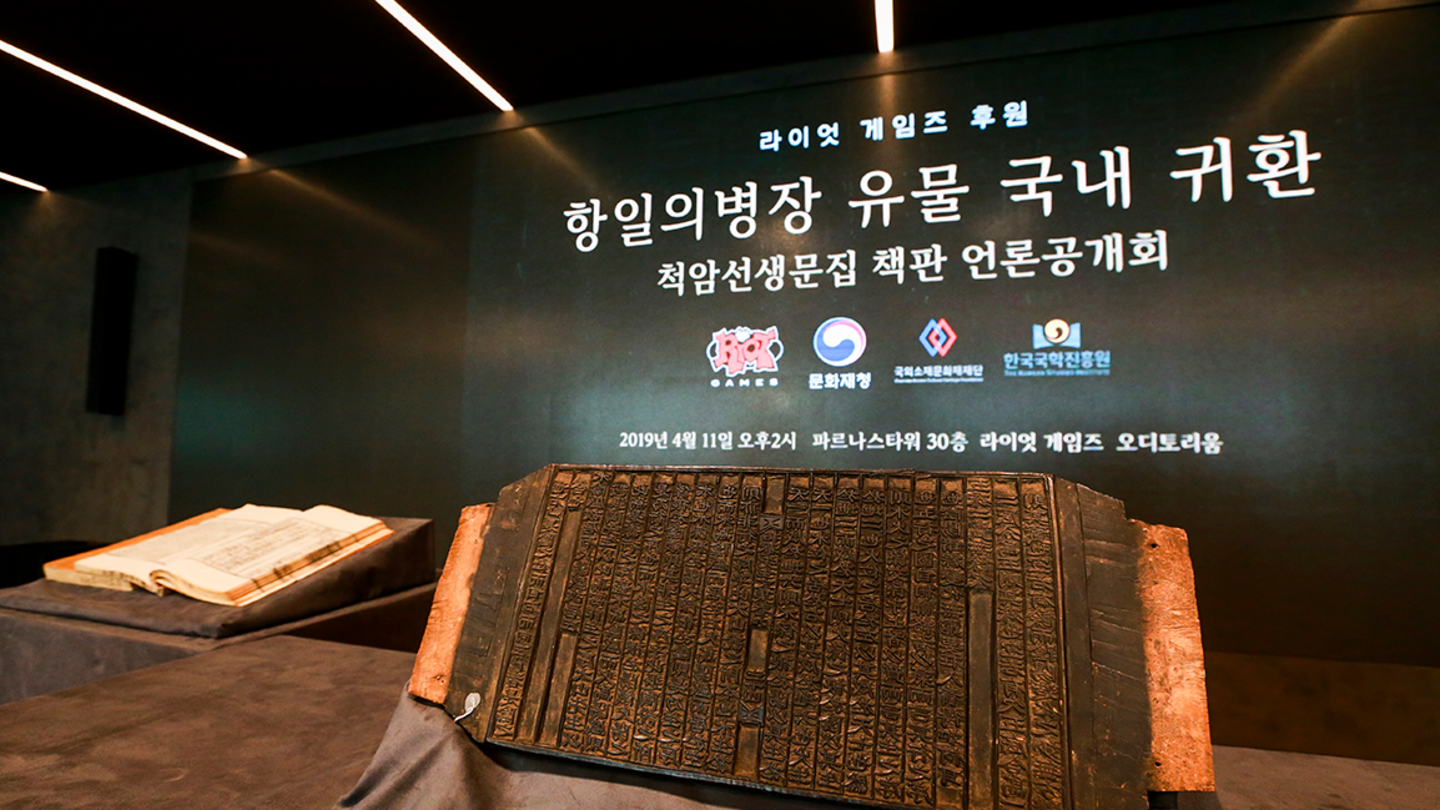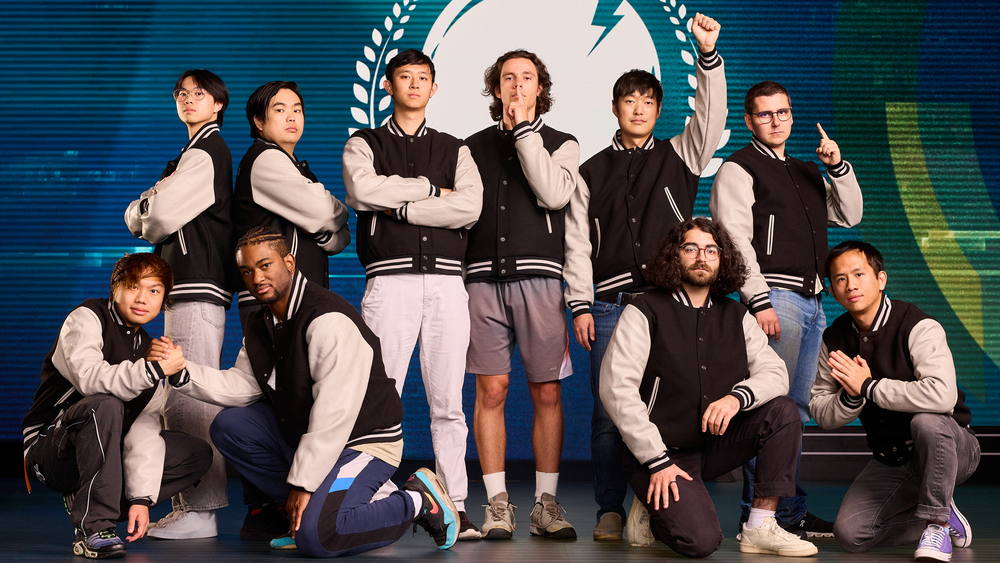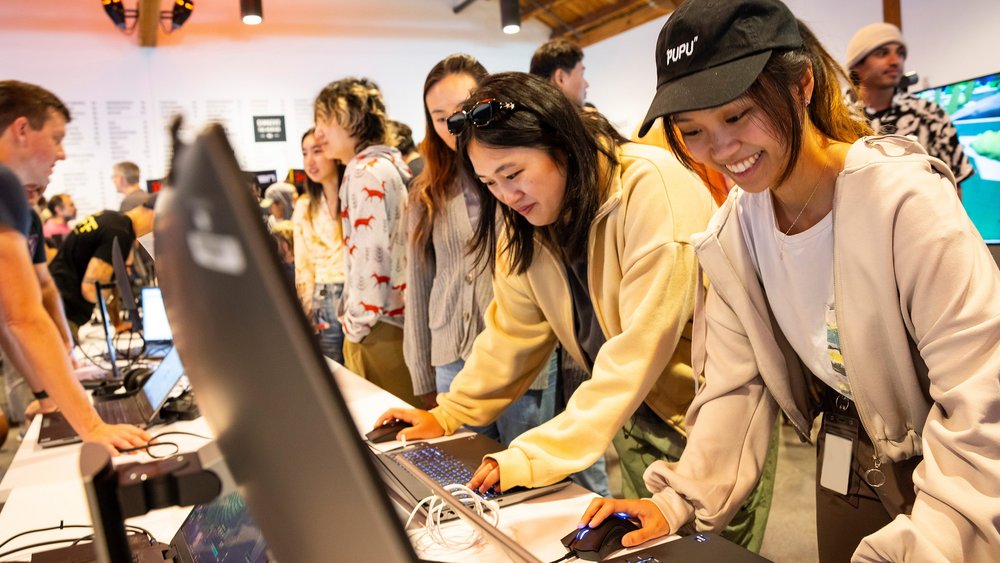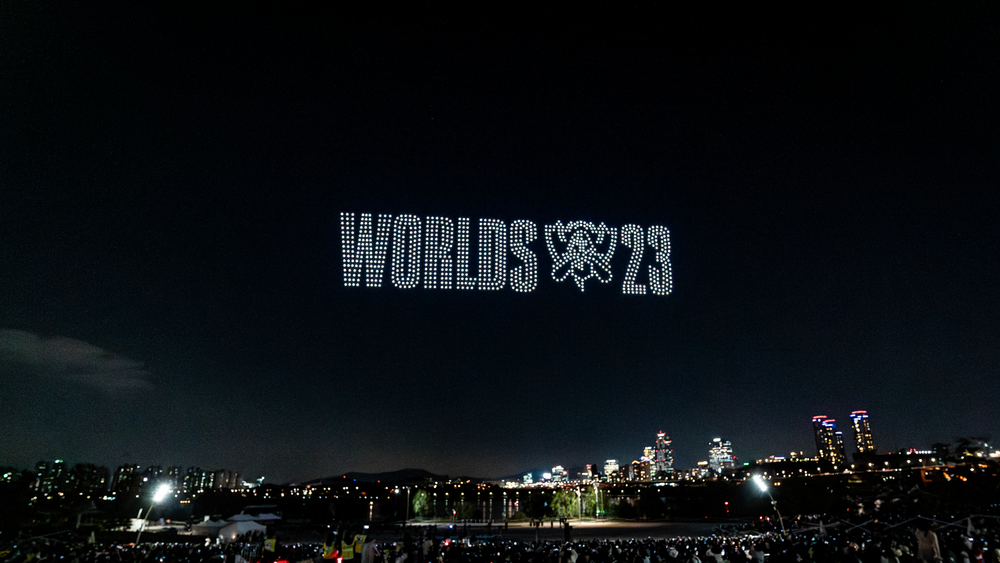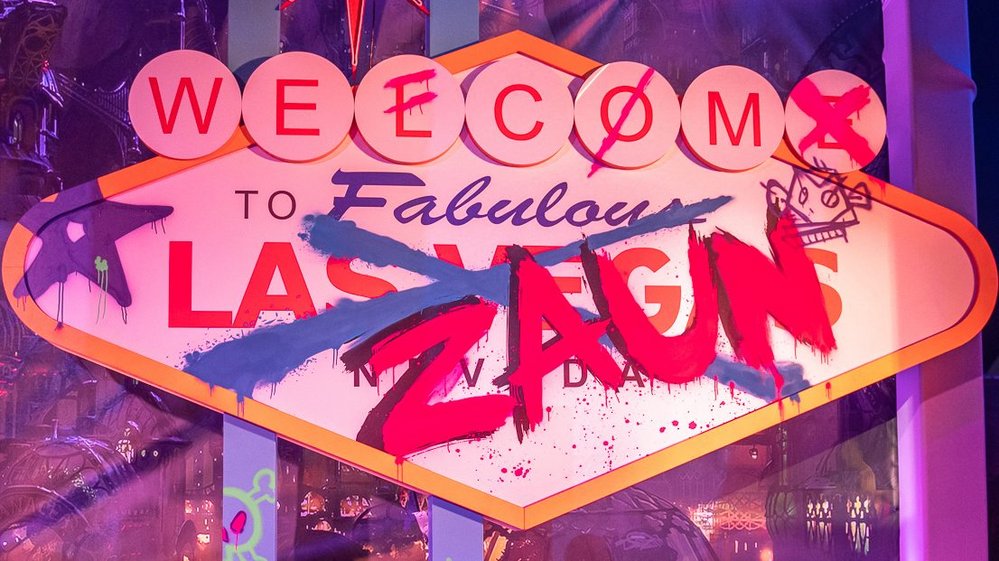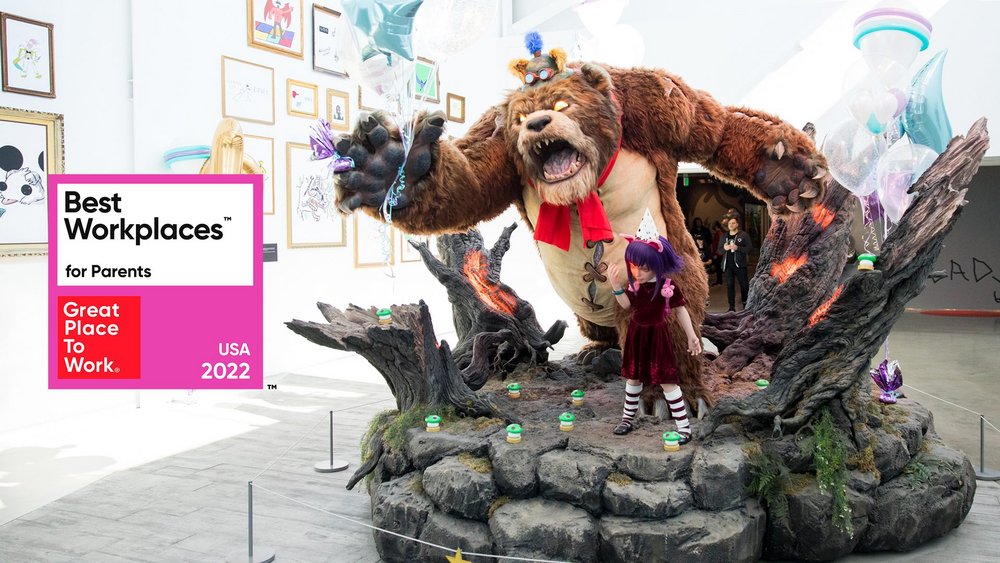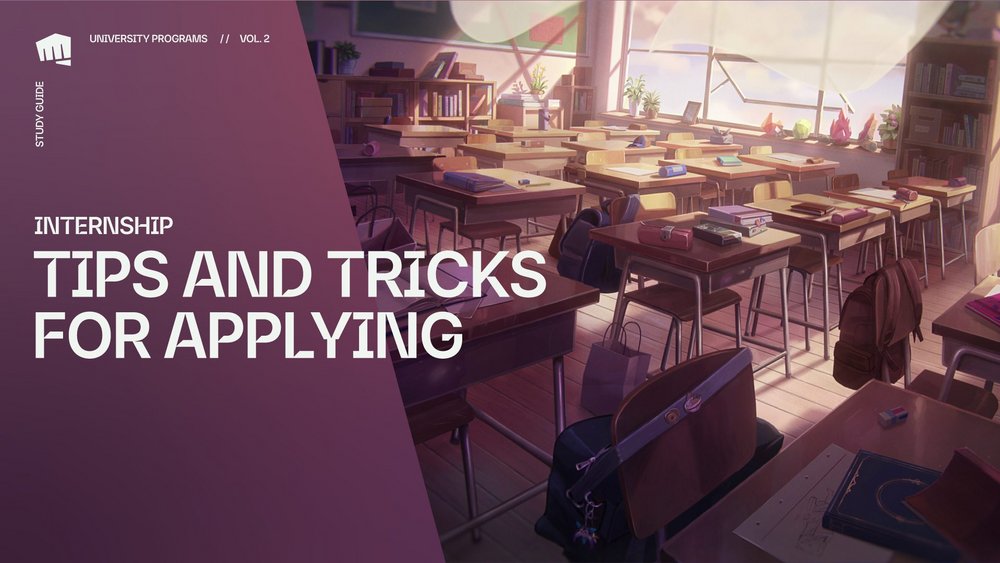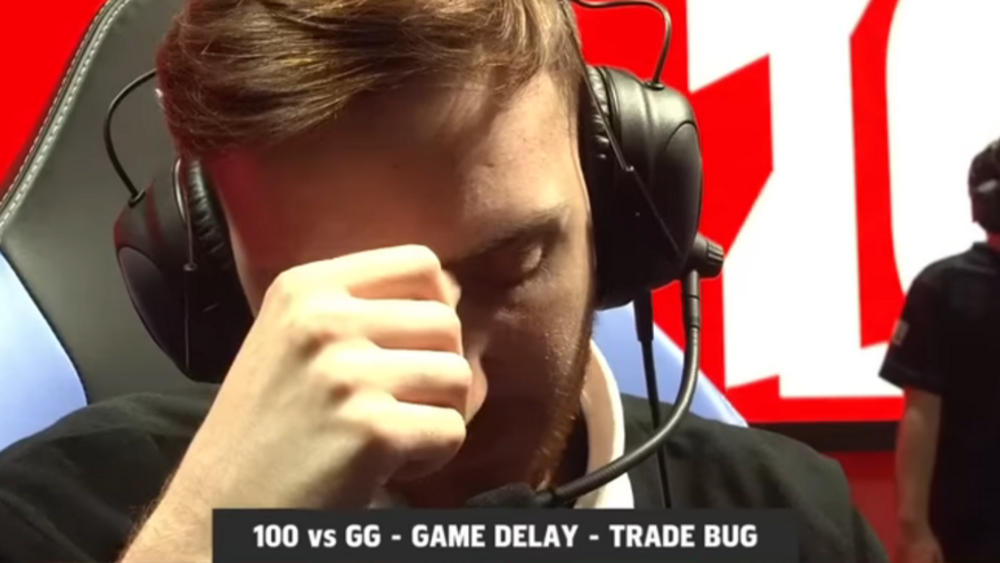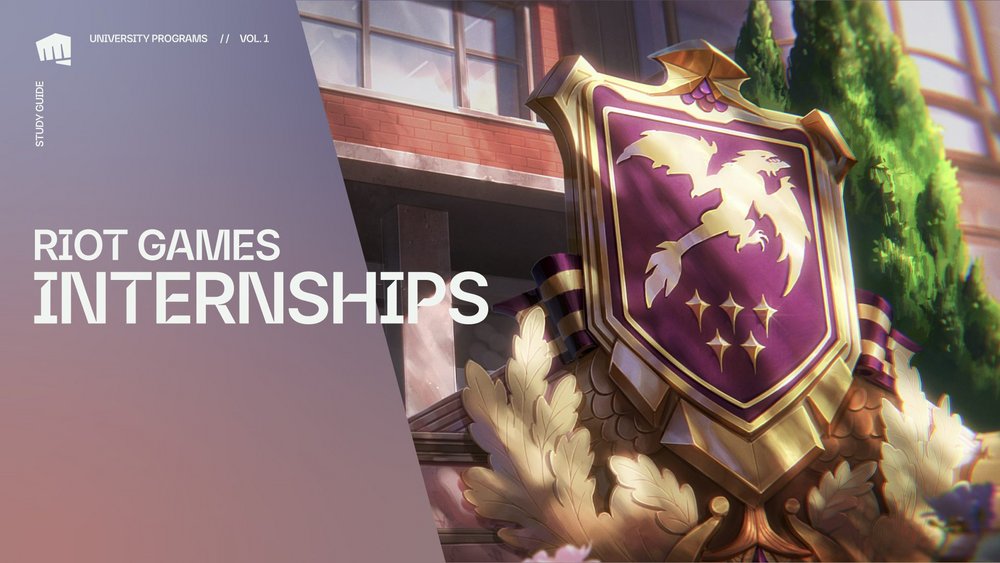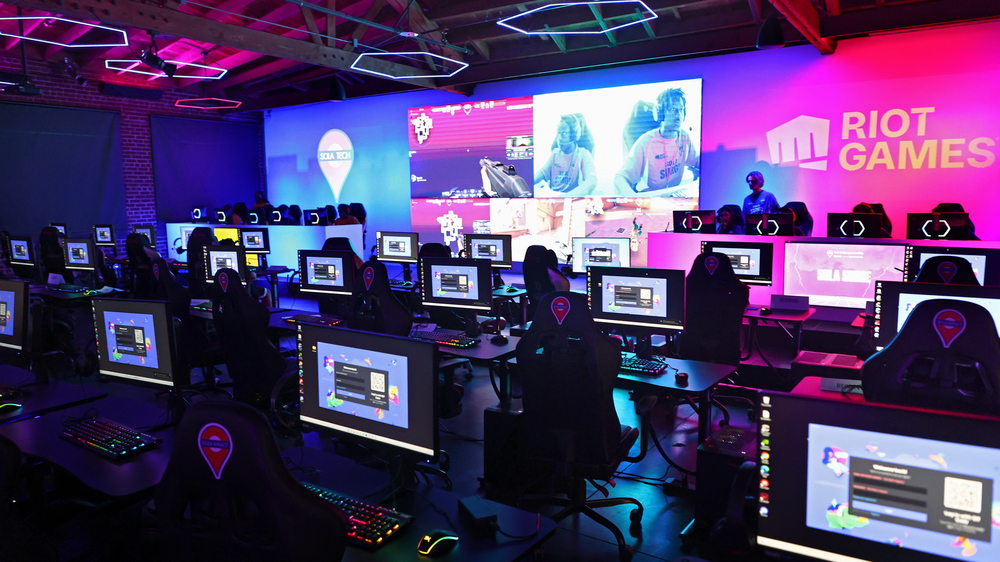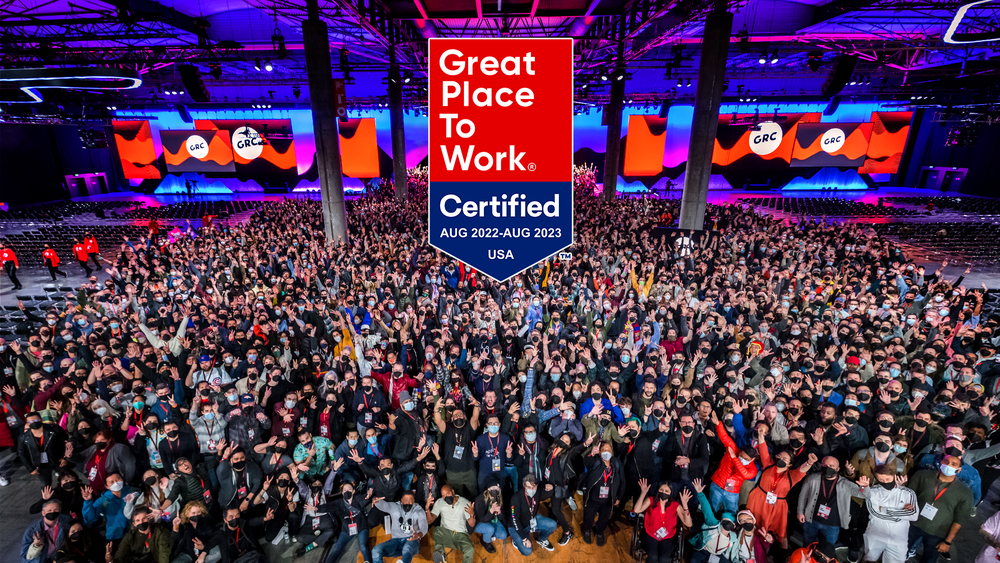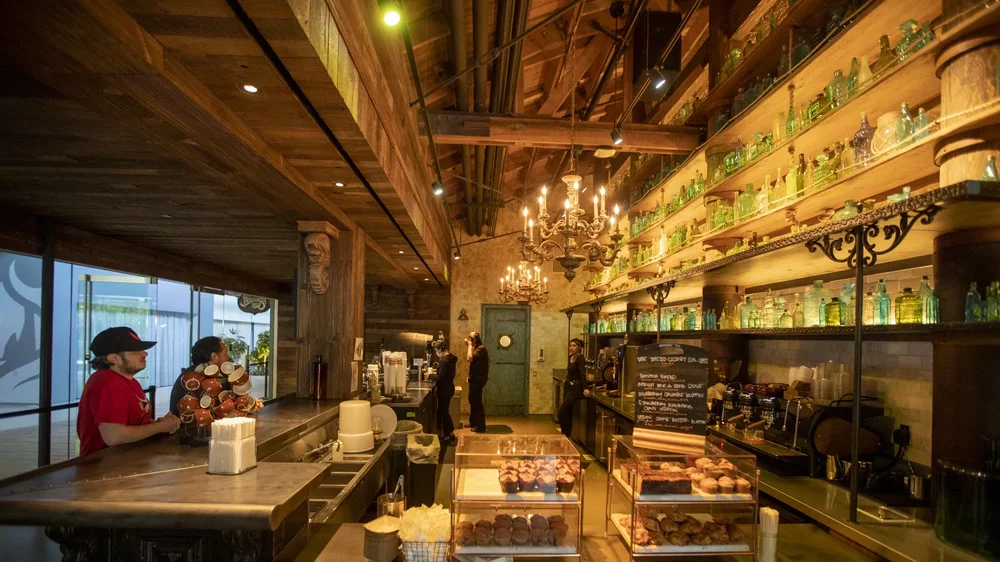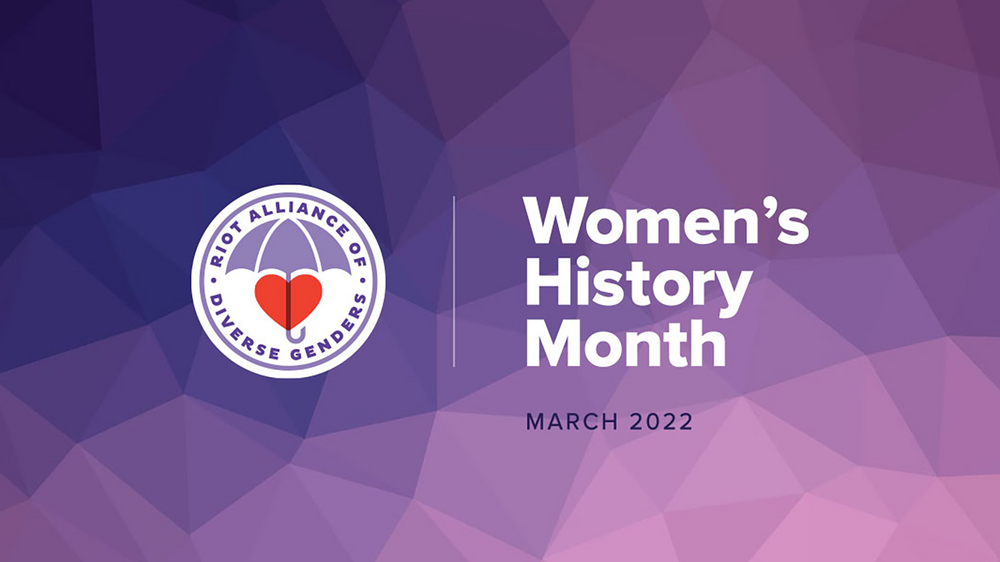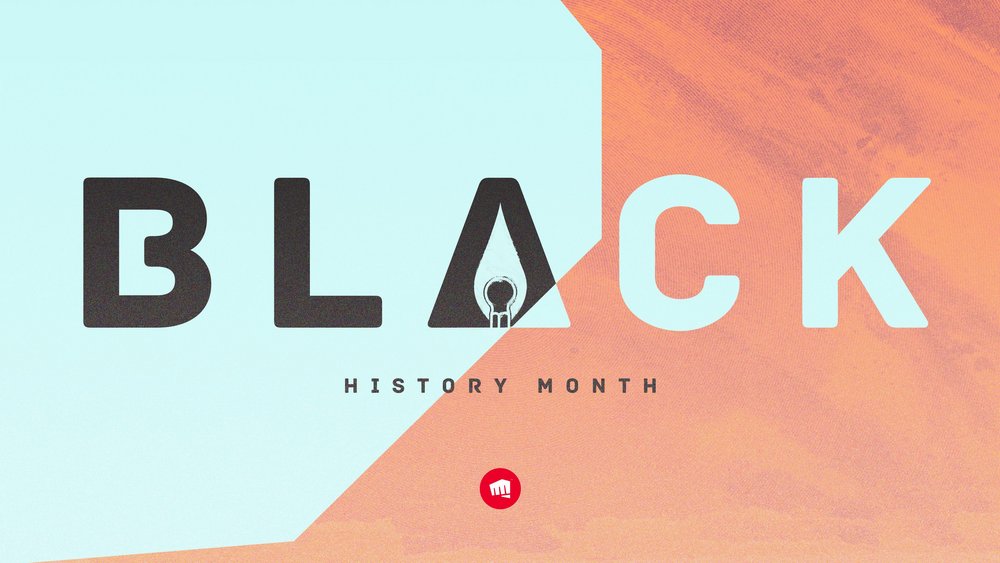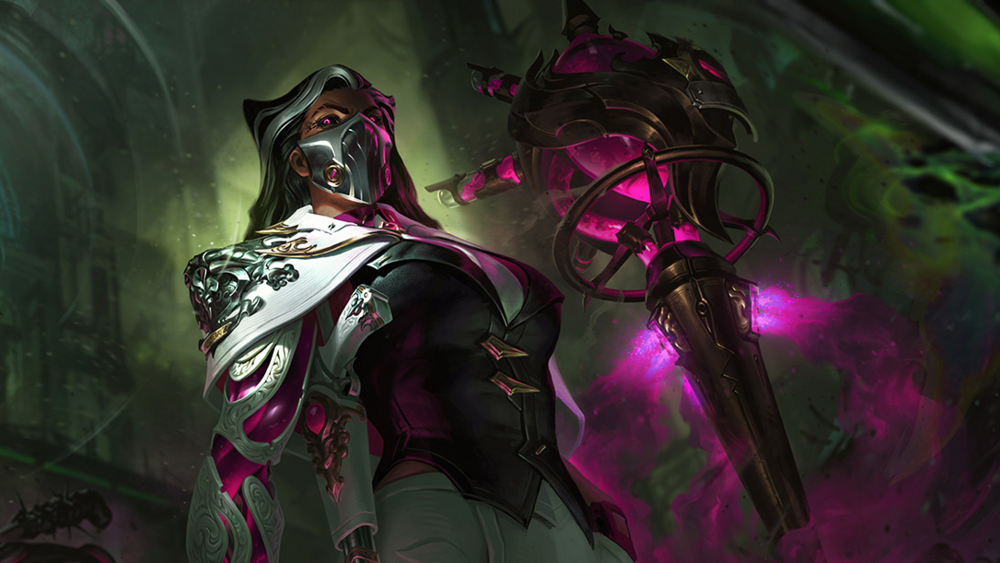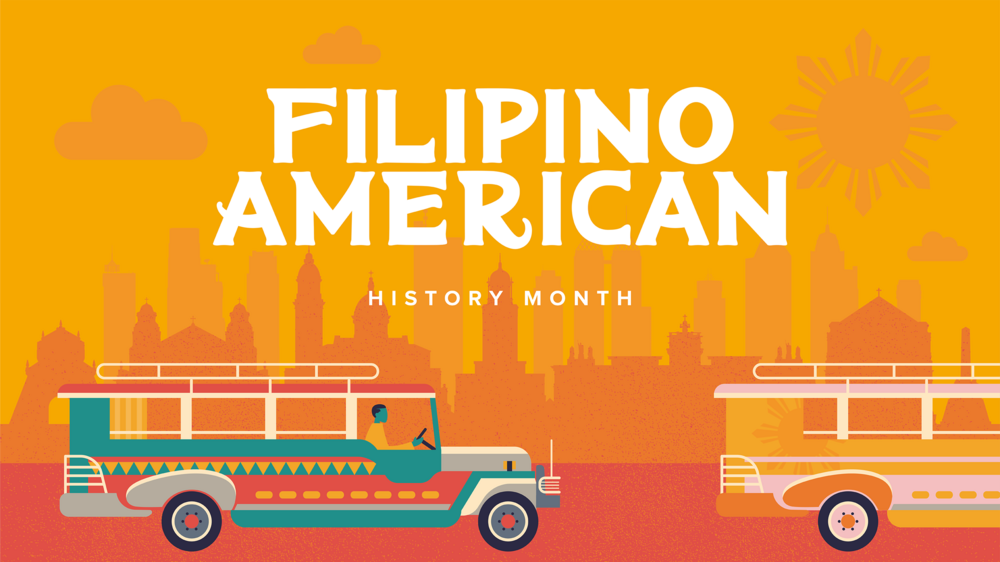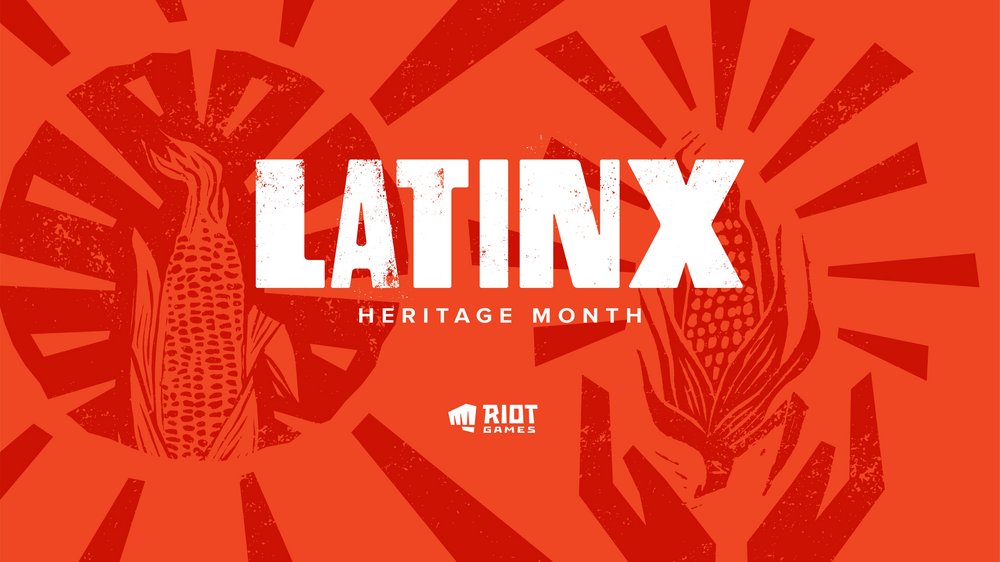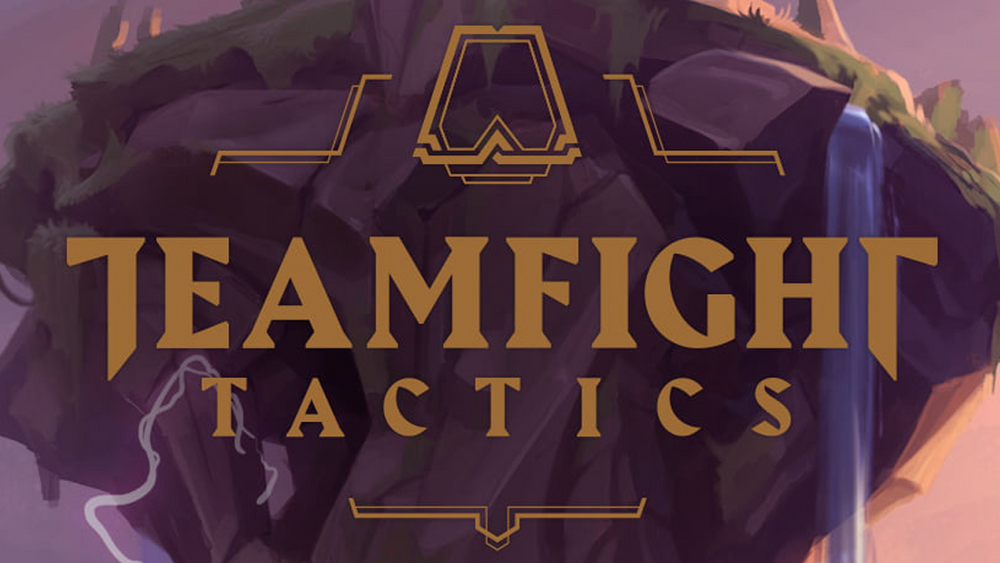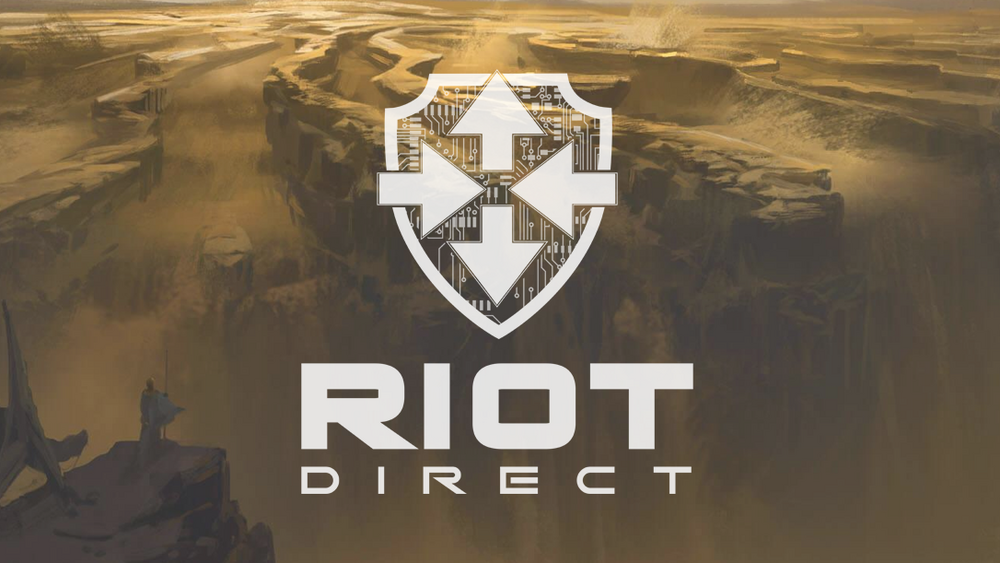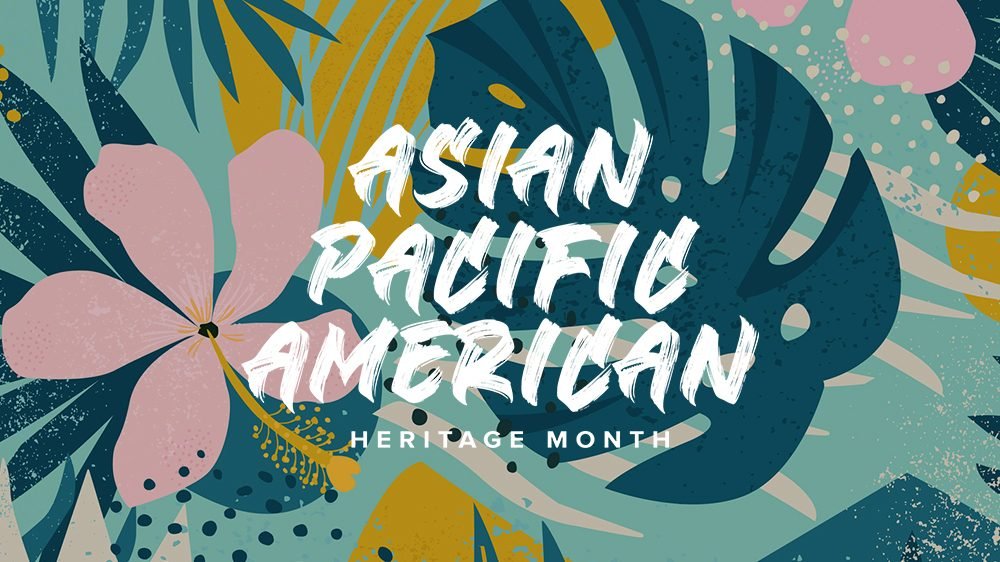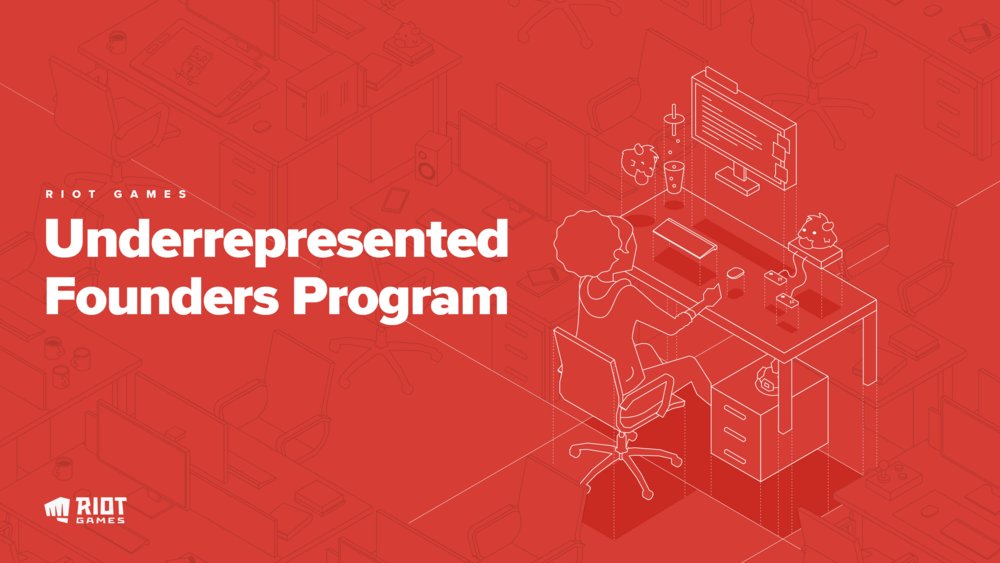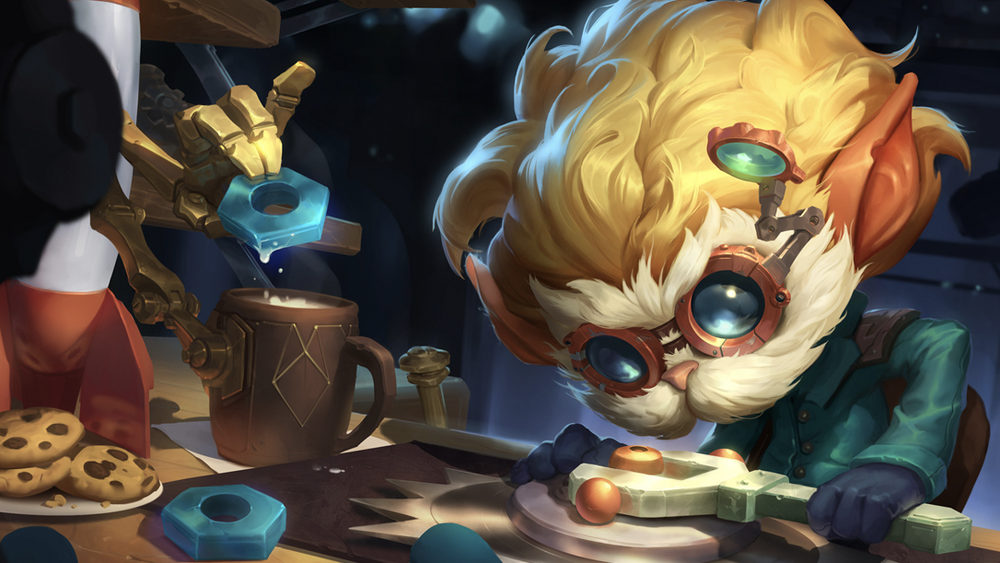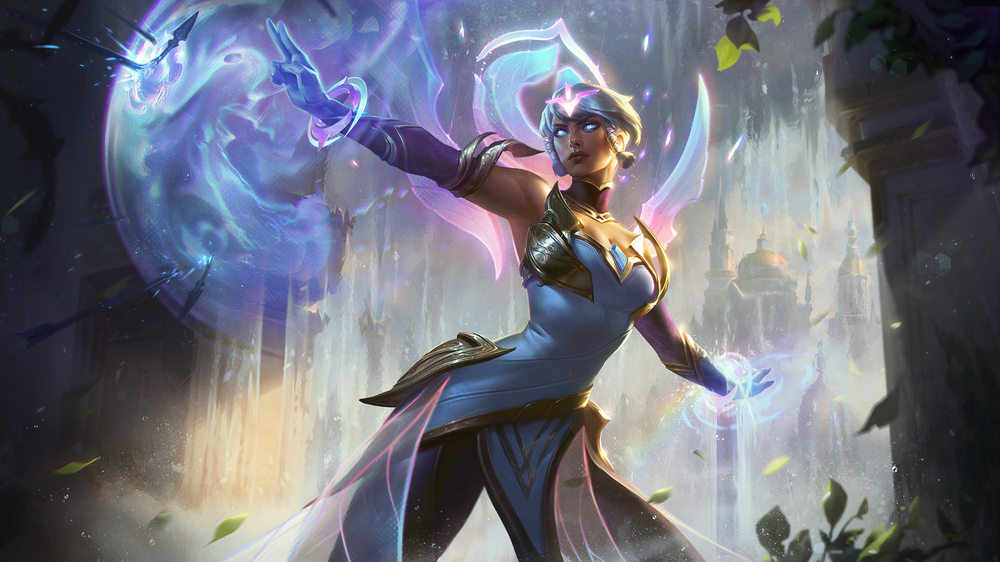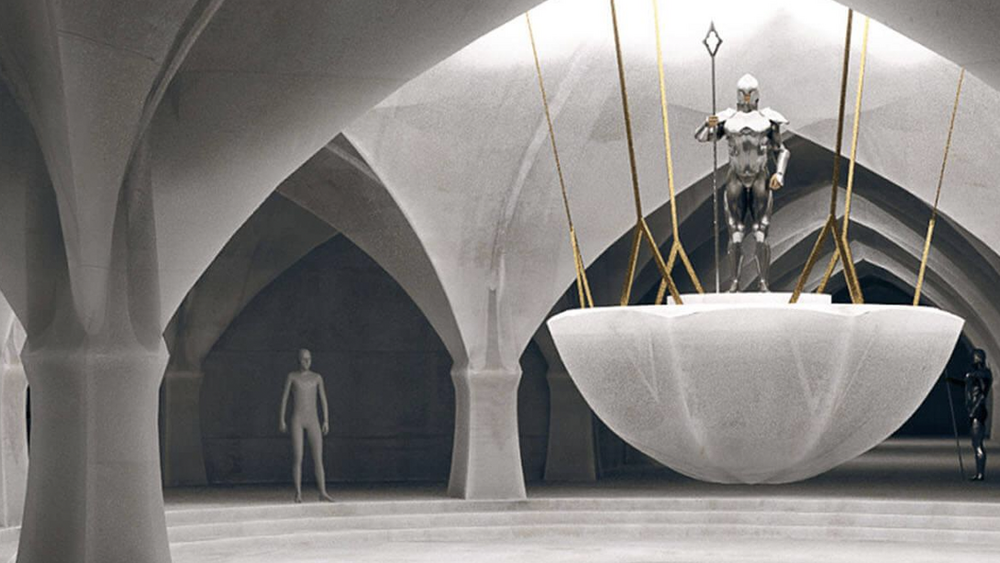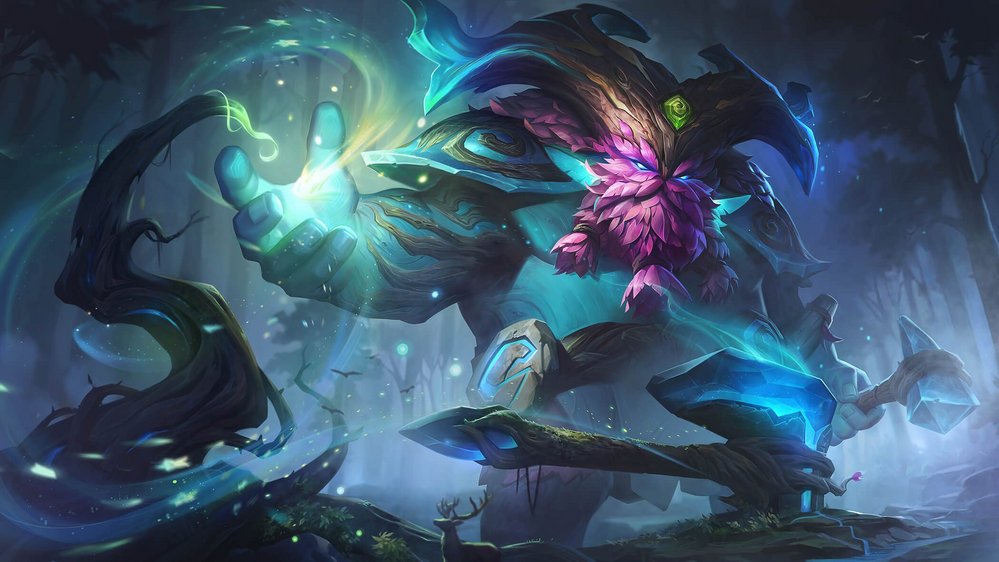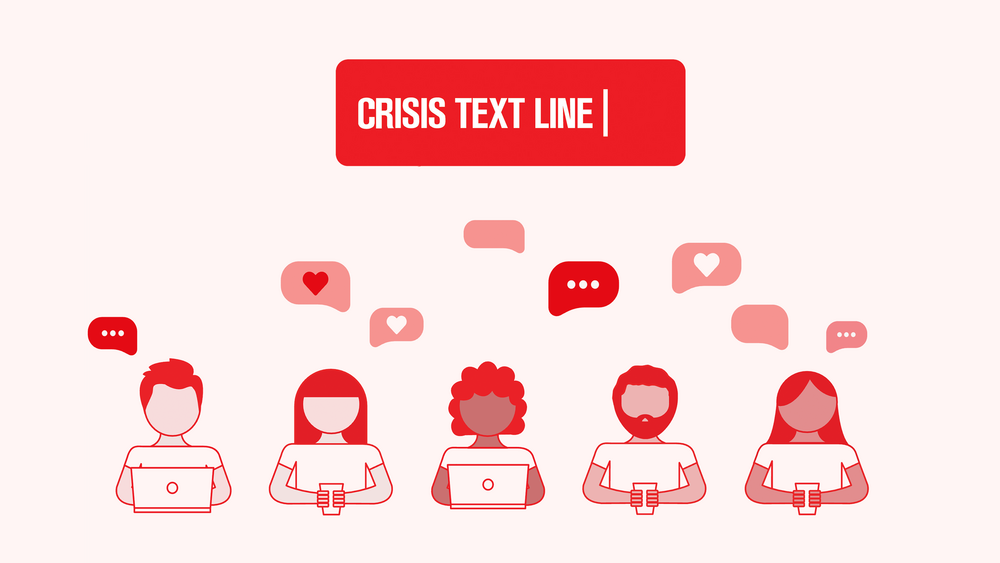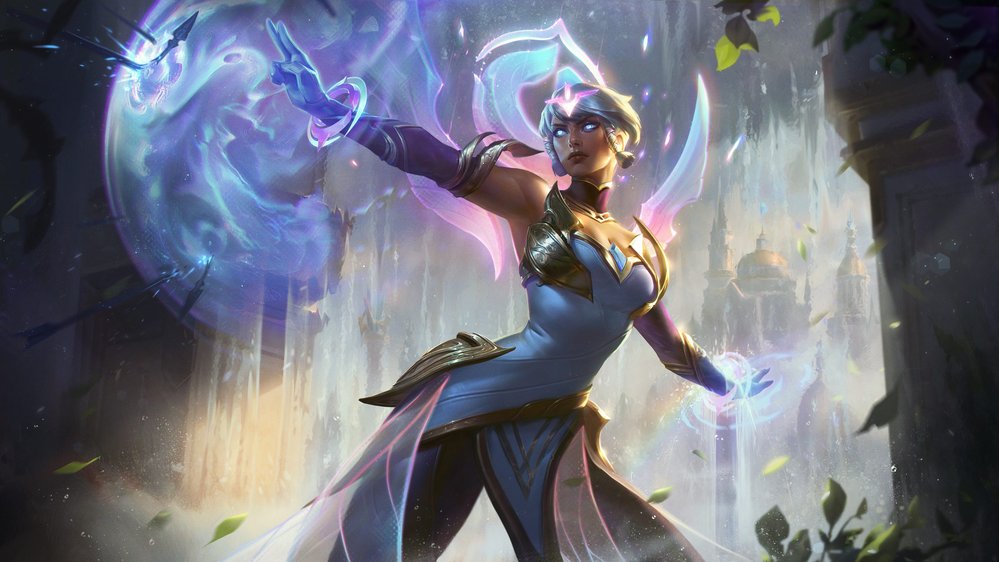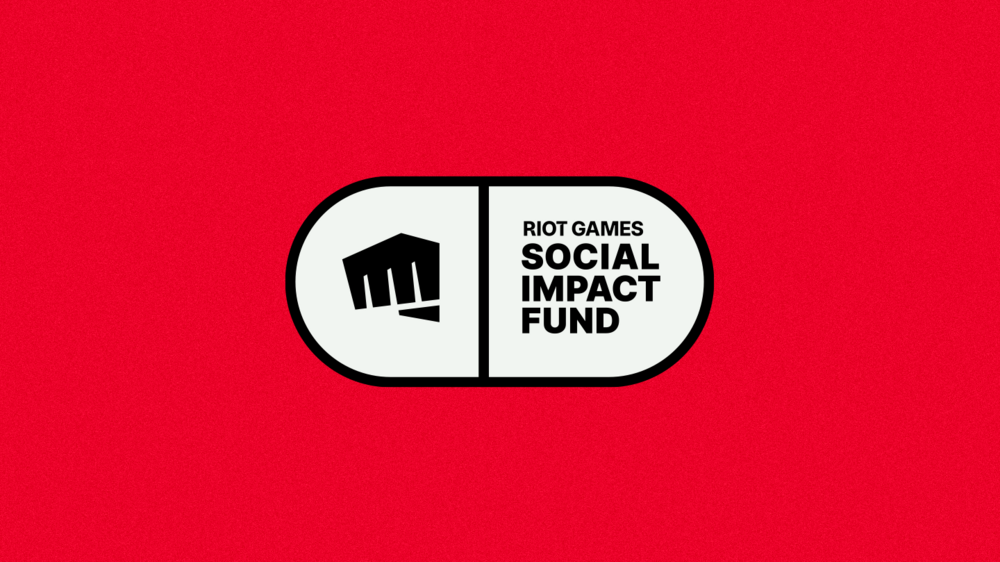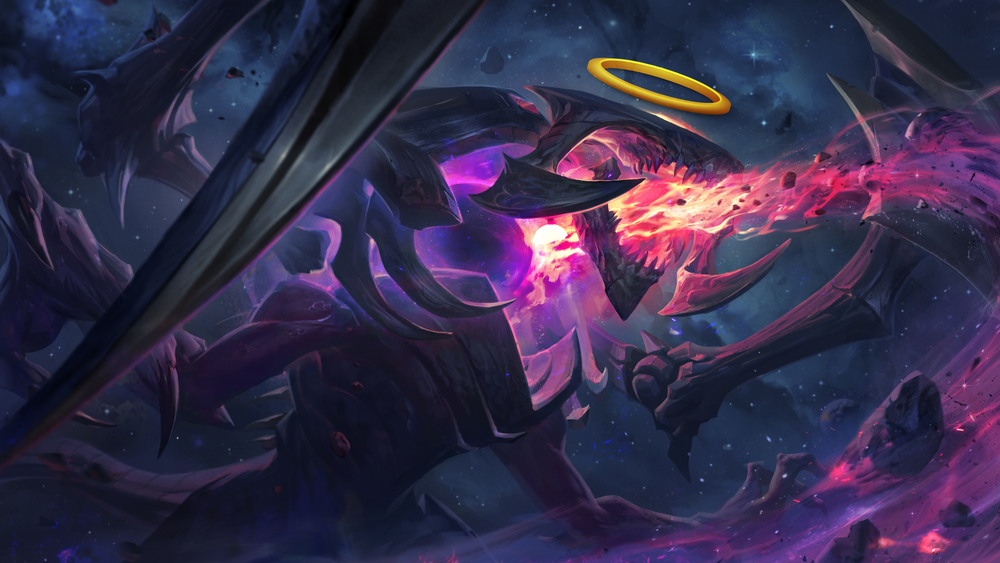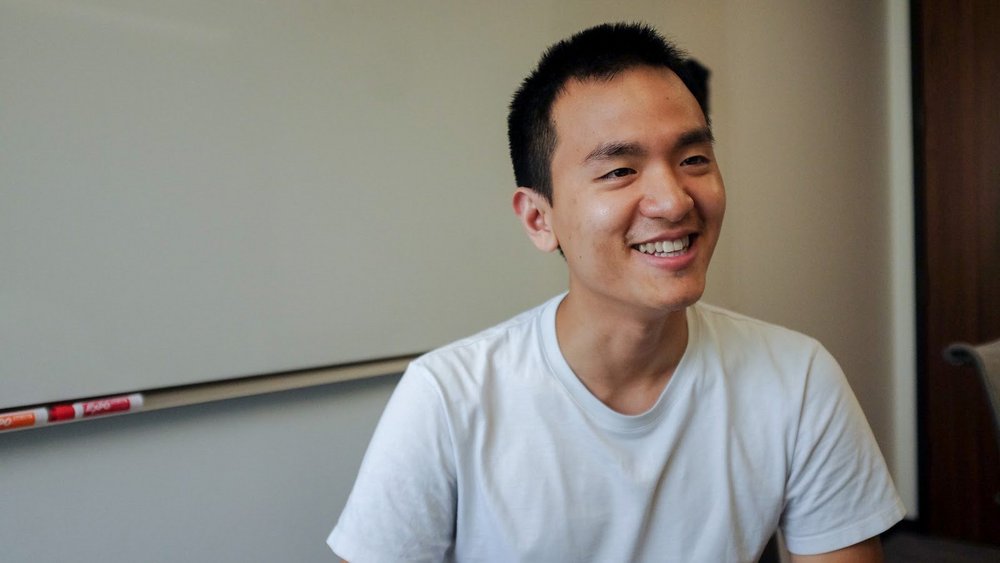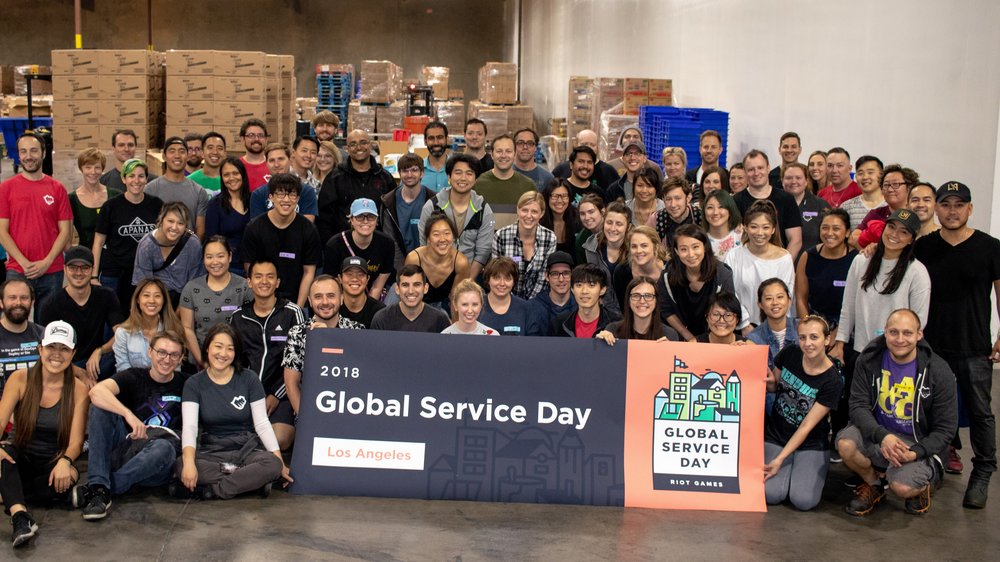2023 was a whirlwind of a year for Rioters in Korea. With League of Legends Worlds returning to Korea for the first time since 2018, the team went all out creating events, serving players, and delivering a Worlds final worthy of the birthplace of esports. At the Gocheok Sky Dome in November, Faker and T1 played masterfully in front of the Korean fans, the first time the greatest League player of all time won a World title in his home country. It was the latest–and one of the greatest–chapters in Korea’s rich esports history.
Now, it’s impossible to think about League, and League esports, without thinking of Korea. But that wasn’t always true. Back in 2011, the same year as the first LoL Worlds, League servers were just coming online in Korea as a new Riot office was opened in Seoul.
“When the League servers first came to Korea, Ahri, a champion associated with the nine-tailed fox legends in Korea, was released,” recounted Karen Koo, PR and Social Responsibility Project Lead at Riot’s Seoul office. “Upon the establishment of the Korean office, Riot not only unveiled a new champion tailored to Korean culture but also pledged to contribute meaningfully to Korea by dedicating both financial resources and time for various causes because we know it's important to Korean players for games to have a social impact.”
So the promise was made, but how Riot could make an impact was still up in the air. That’s where Karen came in.
"When I joined Riot in early 2012, my first assignment was to identify and organize meaningful social responsibility projects that align with Riot's values," Karen said. "After careful contemplation, what I concluded is that games are fundamentally intertwined with our culture. It makes sense for us to contribute to the protection of our cultural heritage, which serves as the foundation of culture. Recognizing an opportunity to act as a bridge between cultural heritage and the younger generation, given our predominantly young player base, we believed we could establish a positive and accessible connection between Korea’s cultural heritage and Korean players."
So the Cultural Heritage Protection Project (a.k.a 문화재 지킴이 project) was born in mid-2012. Less than a decade later, Riot received a presidential commendation for the project, a first for non-Korean companies and a clear indication that Karen and the team in Korea found a great way to make an impact. As the project has continued it has expanded into more functions but the original mission is still at the heart: bringing items of cultural importance to Korea back to their home.
“As of 2022, an estimated 230,000 pieces of Korean cultural heritage were scattered across 27 countries,” said Yong Ki Jang, the Deputy Director of the Cultural Heritage Administration in Korea. “Among these artifacts, some have legally found their way abroad through methods such as gifting, purchase, or auction. However, there are also instances where cultural relics have been illicitly transported overseas, involving activities like looting during wartime, criminal theft, relic theft, and smuggling. Cultural heritage serves as a crucial historical and cultural testament, providing valuable insights into the philosophy, technology, entertainment, and lifestyle of the community that produced these cultural artifacts.”
The Cultural Heritage Administration (CHA) is a part of the South Korean government functioning as an administrative body overseeing Korea’s natural heritage. Since 2012, Karen and Riot have worked directly with the CHA actively contributing to its crucial endeavor to protect the cultural heritage of Korea. To close out 2023, the team in Korea held their annual announcement with the CHA to reconfirm this mission and identify the priorities they will be working towards in the coming year.
Bringing Cultural Artifacts Back Home
While so many artifacts remain scattered around the world, it’s not every day that one comes up for sale and can be brought back to Korea.
"In restoring cultural heritage items to their rightful places, the collaboration of companies is essential alongside government efforts," Karen said. "Often, the uncertainty involving factors like targets, timing, and amounts can dissuade companies from investing in this area. Contrary to this, we recognized this unpredictable need beforehand and proactively allocated a significant amount of donation funds. Whenever an opportunity arises, we promptly engage with our partners to provide support and by doing so, we have successfully executed six such initiatives so far."
The items returned to Korea include a Korean Shakyamuni Triad Painting, a Bamboo Book for the Investiture of Queen Sinjeong as Crown Princess, and a Royal Seal for Junghwagung Palace.
“The most recent item brought back to Korea was the 'Borok(보록),' a royal treasure chest from the Joseon period,” Jang said. “The 'Eobo(어보)’ which is the ceremonial seal within the Borok, bears engravings that highlight the accomplishments and evaluations of the king, queen, crown prince, crown princess, and others. The Eobo is preserved inside two boxes- the Inner case (Botong) and the Outer case (Borok). The Eobo and Borok are used in special events of the royal family and hold significant cultural value, showcasing the legitimacy, history, and artistic craftsmanship of the royal lineage.”

To bring the Borok back home, the Cultural Heritage Administration worked with the Overseas Cultural Heritage Foundation which found the chest abroad owned by a British company who bought it via auction. After learning it was up for sale, thanks to the reserve funds from passionate players, Riot helped bring the chest back to Korea.
"When we initially brought cultural heritage items back to Korea, the impactful comments left by the Korean players still linger in my memory almost a decade later," Karen shared. "Comments like 'I am a Patriot,' 'This is why LoL is so special,' and 'Riot Games is even more Korean than Korean companies,' not only brought laughter but also served as motivation for the Korean team."
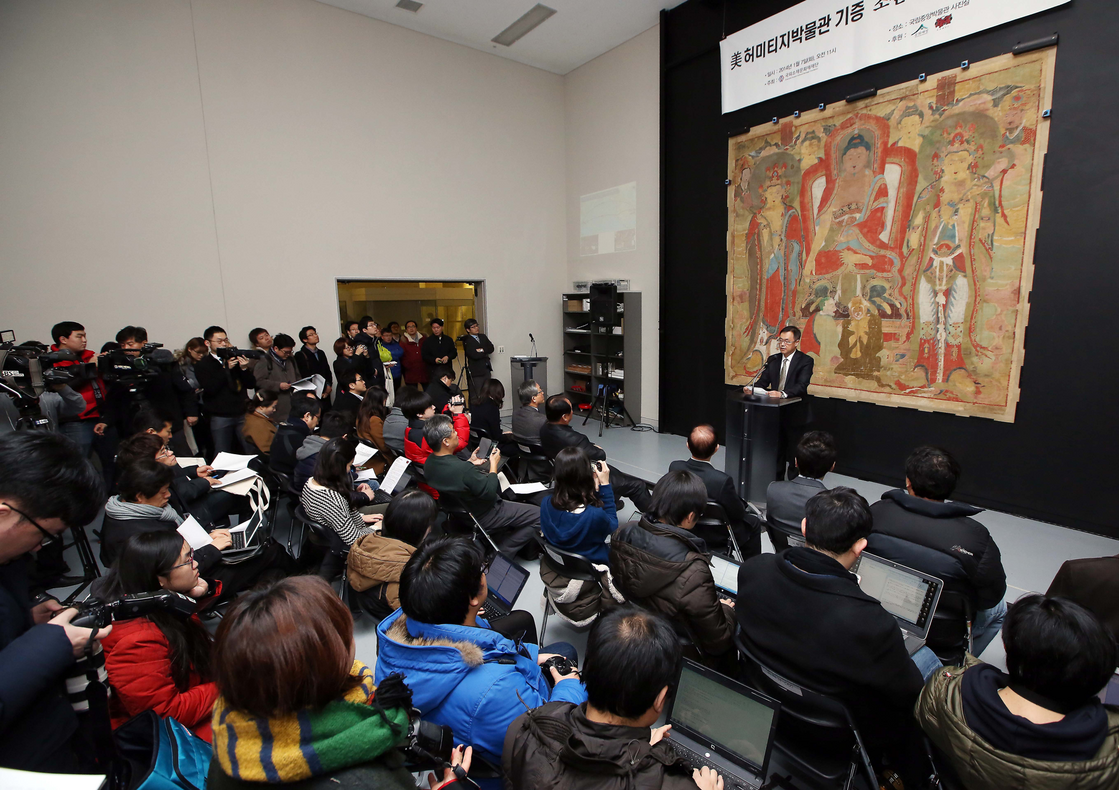
Connecting Korean Culture to a Younger Audience
While the restoration of the physical artifact itself is important, the impact of bringing cultural heritage home goes beyond the item itself. Korea has an extremely rich history with the earliest known Korean pottery dating all the way back to 8000 BC.
“Cultural heritage serves as a symbol of history and culture, offering insights into the past and functioning as a cultural medium and resource that generates new values for both the present and the future,” Jang said. “Cultural heritage is rooted in history but is forward-looking. This implies that the value of cultural heritage and the overall quality of cultural life can be influenced by the extent of our current engagement and interest in preserving cultural heritage. When the younger generation expresses interest in preserving cultural heritage, it signifies their commitment to shaping the future.”
Early on in our partnership with the CHA, connecting with the younger generation of Korea quickly became a clear opportunity where Riot could make an impact.
"The CHA noted that the younger generation finds history boring and is reluctant to engage with it," Karen recalled. "We felt like we could help generate interest among the younger generation so we sought to collaborate with the CHA. Although they were initially unfamiliar with partnering with a foreign game company, CHA now regards us as a collaborative force capable of capturing the interest of the younger generation."
While Riot is based out of Los Angeles and develops games in offices around the world, the team in Korea is one of Riot’s largest publishing offices and is fully dedicated to serving Korean players, and Korea at large, with everything they do.
“Riot Games has demonstrated steadfast sponsorship each year since the agreement's inception, with its level of support standing as the most substantial among the 60 companies that have entered into a national heritage agreement with the Cultural Heritage Administration,” Jang said. “The company's efforts in protecting overseas cultural heritage and fostering cultural heritage education for the youth are remarkably praiseworthy, marking them as standout achievements in the realm of corporate social contributions in Korea.”
In the 12 years since League of Legends was released in Korea, Korean teams have won eight World Championships. The game has been a constant at Korea’s legendary PC Bangs for a decade and the team in Korea has grown from a handful of Rioters to a large team which serves Korean players every day. But if you poll the Seoul office and ask what they are most proud of, the Cultural Heritage Protection Project will be one of the most common answers. As Faker has shown, League isn’t going anywhere and neither is this project which will be working to protect, restore, and inform Korean heritage.
"Through this initiative, Riot received a presidential commendation, accomplishing feats unparalleled in cultural heritage retrieval among other companies," Karen said. "However, the utmost priority is instilling pride in players. We aspire to persist in our efforts, aiming to surpass a cumulative donation of 10 billion won as we extend this project for another decade and beyond."
Recently, the Riot Games Social Impact Fund crossed the mark of raising over $50M which has gone to everything from climate relief to racial equity to medical efforts. To learn more about Riot’s global Social Impact efforts, visit our Social Impact page
